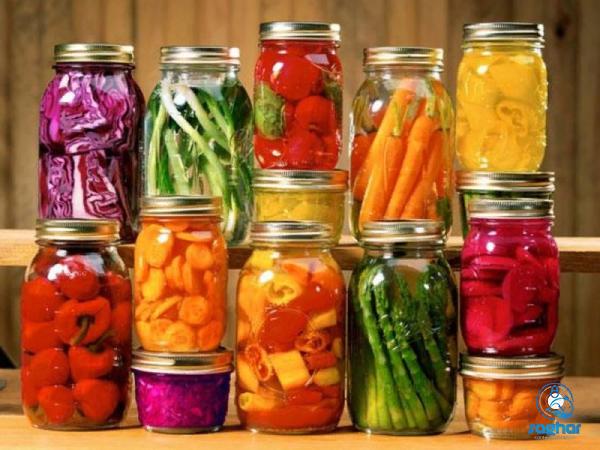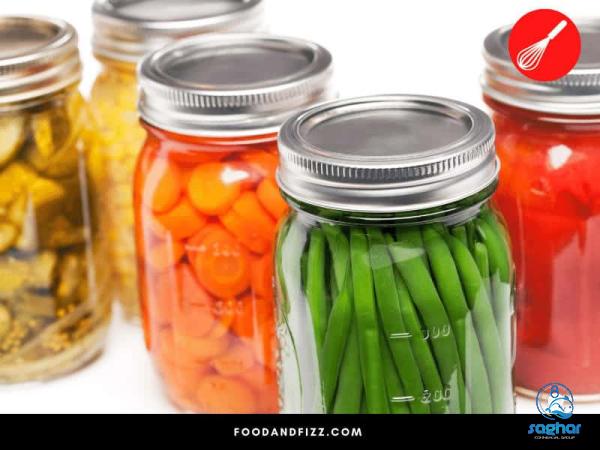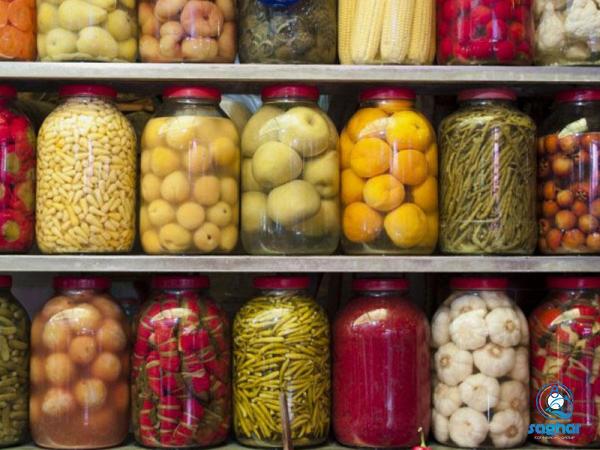Title: The Price Dynamics of Canned Foods: From Production to Consumption Introduction: Canned foods have become a staple in modern diets, offering convenience, longevity, and versatility. From fruits and vegetables to meats and seafood, these products provide a convenient solution for busy individuals and have witnessed a surge in consumption worldwide. However, the final price of canned foods can be influenced by multiple factors throughout the supply chain, including production costs, transportation, packaging, marketing, and retail markups. In this article, we will delve into the various stages of the canned food supply chain, exploring the key factors affecting pricing dynamics from production to consumption.
Canned foods
 1. Production Costs: The initial production costs play a significant role in determining the price of canned foods. These costs encompass various elements such as sourcing raw materials, labor, processing, packaging, and quality control. For canned fruits and vegetables, the production cost includes harvesting, sorting, cleaning, blanching, and canning operations. Meat and seafood canning involves additional steps, such as slaughtering, deboning, cooking, and canning. Costs associated with machinery maintenance, energy usage, and waste management contribute to the overall production expenses. 2. Raw Material Sourcing: The sourcing and procurement of raw materials significantly impact the price of canned foods. The seasonal availability, quality, and geographical location of ingredients influence their cost. For instance, fruits and vegetables harvested out of season may incur transportation and storage expenses, affecting the final price. Additionally, the increasing demand for organic and sustainably sourced ingredients can lead to higher costs, as these products often require additional certifications and compliance with environmental standards.
1. Production Costs: The initial production costs play a significant role in determining the price of canned foods. These costs encompass various elements such as sourcing raw materials, labor, processing, packaging, and quality control. For canned fruits and vegetables, the production cost includes harvesting, sorting, cleaning, blanching, and canning operations. Meat and seafood canning involves additional steps, such as slaughtering, deboning, cooking, and canning. Costs associated with machinery maintenance, energy usage, and waste management contribute to the overall production expenses. 2. Raw Material Sourcing: The sourcing and procurement of raw materials significantly impact the price of canned foods. The seasonal availability, quality, and geographical location of ingredients influence their cost. For instance, fruits and vegetables harvested out of season may incur transportation and storage expenses, affecting the final price. Additionally, the increasing demand for organic and sustainably sourced ingredients can lead to higher costs, as these products often require additional certifications and compliance with environmental standards.
Specifications of canned food
 3. Packaging and Processing: Packaging and processing costs also factor into the price of canned foods. These costs include the can itself, labels, seals, and any other necessary components. Besides the material cost, innovations in packaging technologies, such as easy-open lids or BPA-free cans, can increase production expenses. In terms of processing, the intensity of operations, complexity of recipes, and required equipment influence costs. High-value ingredients that require intricate processing, such as specialized sauces or marinades, may raise the price of the final product. 4. Transportation and Distribution: Transportation and distribution costs significantly impact the pricing of canned foods, especially when considering the global nature of the industry. The location of production facilities and distribution centers, as well as the distance between them, affect expenses related to shipping and logistics. Bulk shipping via containers or cargo vessels may offer cost advantages compared to air freight for long-distance transportation. However, changes in fuel prices or geopolitical factors can introduce volatility to transportation costs, which may subsequently impact the final price. 5. Marketing and Advertising: Marketing and advertising campaigns add another layer to the pricing of canned foods. Companies invest in branding, packaging design, and promotional activities to differentiate their products and create customer interest. These expenses, including advertising, trade show participation, and social media campaigns, are incorporated into the price.
3. Packaging and Processing: Packaging and processing costs also factor into the price of canned foods. These costs include the can itself, labels, seals, and any other necessary components. Besides the material cost, innovations in packaging technologies, such as easy-open lids or BPA-free cans, can increase production expenses. In terms of processing, the intensity of operations, complexity of recipes, and required equipment influence costs. High-value ingredients that require intricate processing, such as specialized sauces or marinades, may raise the price of the final product. 4. Transportation and Distribution: Transportation and distribution costs significantly impact the pricing of canned foods, especially when considering the global nature of the industry. The location of production facilities and distribution centers, as well as the distance between them, affect expenses related to shipping and logistics. Bulk shipping via containers or cargo vessels may offer cost advantages compared to air freight for long-distance transportation. However, changes in fuel prices or geopolitical factors can introduce volatility to transportation costs, which may subsequently impact the final price. 5. Marketing and Advertising: Marketing and advertising campaigns add another layer to the pricing of canned foods. Companies invest in branding, packaging design, and promotional activities to differentiate their products and create customer interest. These expenses, including advertising, trade show participation, and social media campaigns, are incorporated into the price.
buy canned food
 The reputation and market position of a brand can also affect pricing, with premium or established brands often charging higher prices compared to smaller or generic competitors. 6. Retail Markups and Margins: Retail markups and profit margins contribute to the final price of canned foods. Retailers factor in various costs such as storage, distribution, personnel, and store maintenance when determining markups. Margins vary based on the retailer’s business model, with specialty stores typically applying higher margins compared to discount chains. Additionally, promotional discounts, bulk purchase options, or supplier negotiations can influence the retail price consumers ultimately pay. 7. Consumer Demand and Competition: Consumer demand and competition also play a crucial role in canned food pricing. Continuous changes in consumer preferences and dietary trends can influence the market demand for specific types of canned foods, affecting supply and prices accordingly. For instance, the rising popularity of plant-based diets has led to increased demand for canned plant-based meat alternatives, which, in turn, can influence the price. Market competition, both between brands and different retail outlets, also impacts pricing. Intense competition can drive prices down, as companies strive to offer attractive prices and promotions to gain market share. Conclusion: Canned foods undergo a complex journey from production to consumption, with numerous factors influencing their final price. From production costs, raw material sourcing, and packaging expenses, to transportation, marketing, retail markups, and consumer demand, all these elements contribute to the pricing dynamics of canned food products. As consumers, understanding these factors can enable informed purchasing decisions and shed light on the intricate supply chain processes behind the price we pay for our favorite canned goods.
The reputation and market position of a brand can also affect pricing, with premium or established brands often charging higher prices compared to smaller or generic competitors. 6. Retail Markups and Margins: Retail markups and profit margins contribute to the final price of canned foods. Retailers factor in various costs such as storage, distribution, personnel, and store maintenance when determining markups. Margins vary based on the retailer’s business model, with specialty stores typically applying higher margins compared to discount chains. Additionally, promotional discounts, bulk purchase options, or supplier negotiations can influence the retail price consumers ultimately pay. 7. Consumer Demand and Competition: Consumer demand and competition also play a crucial role in canned food pricing. Continuous changes in consumer preferences and dietary trends can influence the market demand for specific types of canned foods, affecting supply and prices accordingly. For instance, the rising popularity of plant-based diets has led to increased demand for canned plant-based meat alternatives, which, in turn, can influence the price. Market competition, both between brands and different retail outlets, also impacts pricing. Intense competition can drive prices down, as companies strive to offer attractive prices and promotions to gain market share. Conclusion: Canned foods undergo a complex journey from production to consumption, with numerous factors influencing their final price. From production costs, raw material sourcing, and packaging expenses, to transportation, marketing, retail markups, and consumer demand, all these elements contribute to the pricing dynamics of canned food products. As consumers, understanding these factors can enable informed purchasing decisions and shed light on the intricate supply chain processes behind the price we pay for our favorite canned goods.

Your comment submitted.